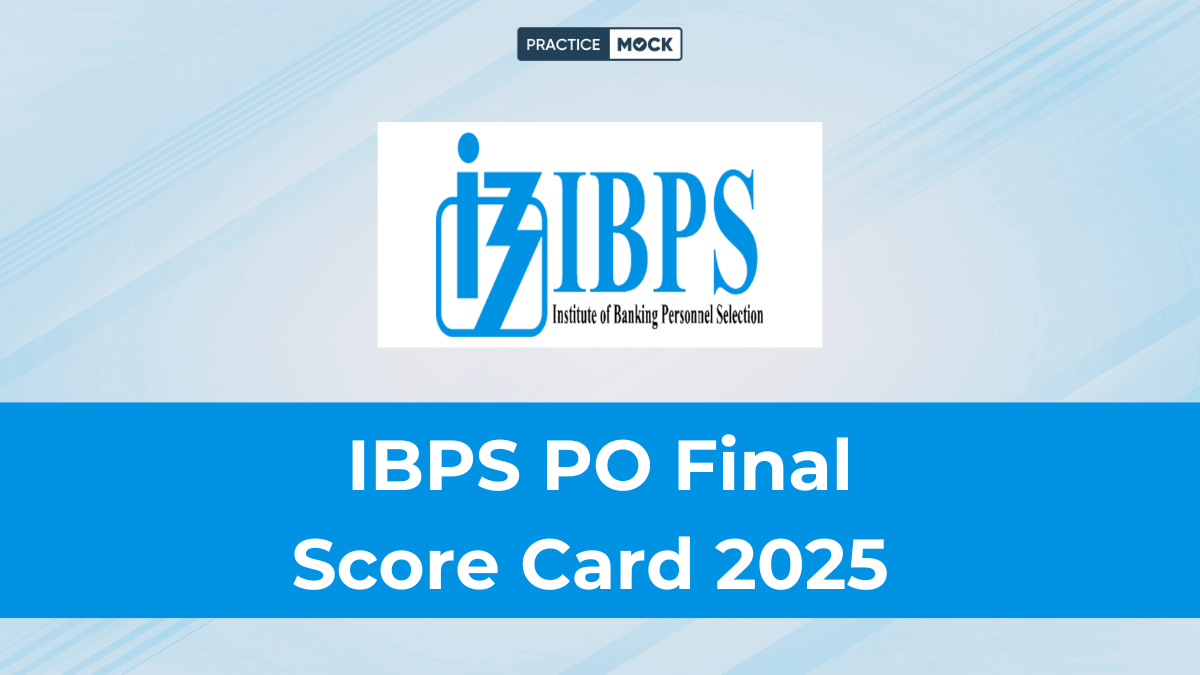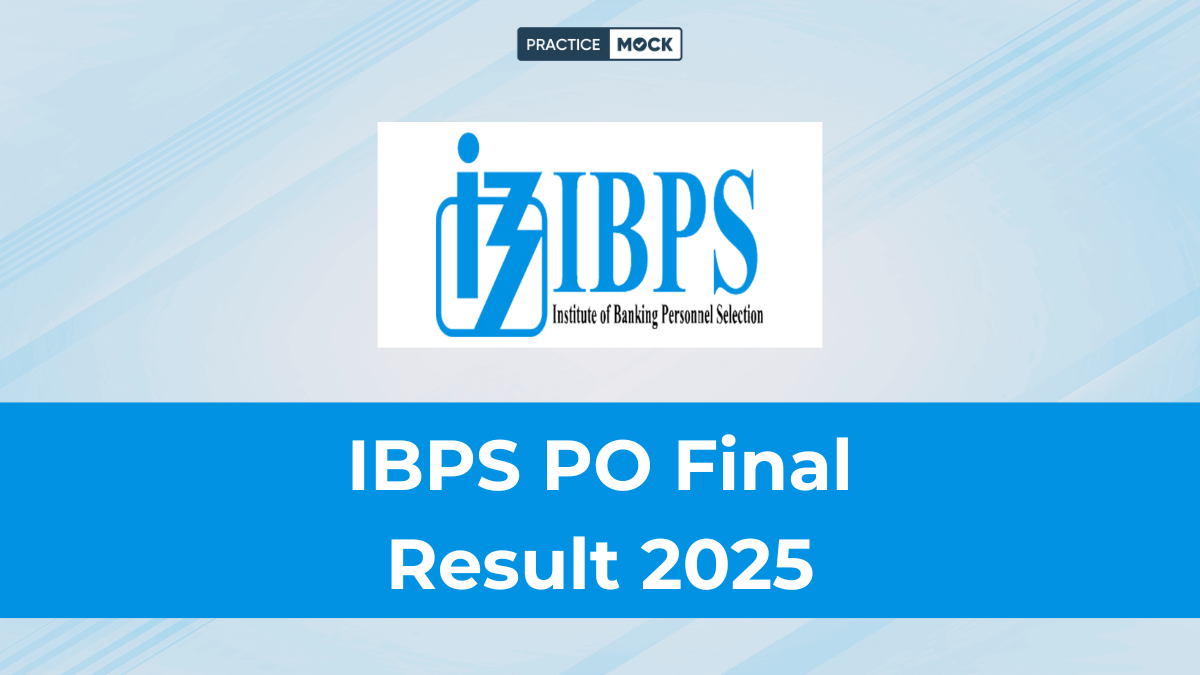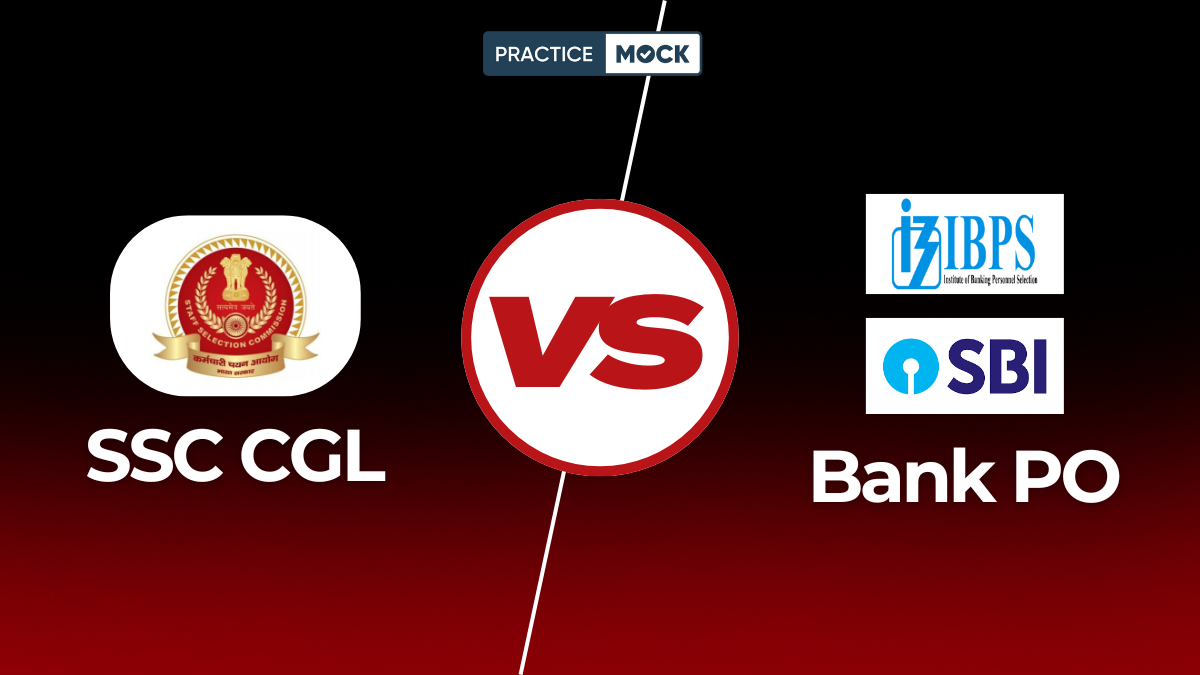Coding-Decoding Tips & Tricks with Q&A


Coding-Decoding Tips & Tricks – In today’s article, we will discuss how to approach coding-decoding questions and about four ways to get really good at such types of questions. The “Coding-Decoding” questions are asked in almost every banking exam under the reasoning ability section. The difficulty level can vary in all such exams, but the nature of the questions and concepts remain the same.
Let’s first understand what “coding-decoding” is
Coding is a means used for transmitting data between a sender and a receiver, which is sent in an encrypted manner. The reason behind sending the coded data is keeping it confidential and making it safe from other people knowing about the same. Therefore, just before the transmission, the data is encoded, and on the receiving end, it is decoded so that data can be perceived in its original form.


Types of Questions or Classification of Coding-Decoding
- Letter coding
- Substitution
- Mixed number coding
- Mixed letter coding
Coding-Decoding Tips & Tricks
If you have ever come across coding-decoding questions, you must have observed that they have to be approached with the idea of recognizing a pattern or sequences. The question can be given in various patterns. At times it can have a pattern involving alphabets, or numbers, ascending-descending orders, etc. The feeling you get in a moment where you have successfully recognized a pattern is quite thrilling. You feel as if you have just solved a puzzle or something.
Basic key pointers before approaching coding-decoding questions:
- Alphabetical positions (learn every position of each alphabet A=1, Z=26, J=10)
- Opposite positions of all alphabets (A=26, Z=1, and so on)
- Opposite positions of each alphabet (A is opposite to Z, B is opposite to Y, and further)
Coding-Decoding Tips & Tricks – Now let’s discuss each pattern-based question
Letter Coding
According to a rule, the alphabets in a word are replaced by other alphabets in such questions.
For instance, “PRACTICE” is written as “RPCAVGEC”. So how will JEALOUS be written in that code?
To solve this question, it’s suggested that you pick out the pattern for the first letters of both words. For example, you will notice that P is converted to R, two positions after P in the alphabetical series. But for the following letter, R is converted to P, which is two positions behind R.
If we closely check all the alphabets of the word “PRACTICE”, it becomes clear that this question follows a pattern of +2 and -2. So this is how you will get your answer for the word “JEALOUS.”
Substitution
In substitution-based questions, you will find that either names or words are substituted with other names or words.
Question: If ‘Ahmedabad’ is known as ‘Ranchi’, ‘Ranchi’ is known as ‘Srinagar’, ‘Srinagar is known as ‘New Delhi’, ‘New Delhi’ is known as ‘Jaipur’, what would be the name of the capital of India?
The answer would be ‘Srinagar’ because we know New Delhi is the capital of India. And in this question, Srinagar is coded as New Delhi. So, ‘Srinagar’ is the correct answer.
Mixed number coding
In such types of questions, the examiner tricks you with a different set of phrases represented by a number-based code value. Therefore, you will have to recognize the code value for a given word or phrase.
Now let’s look at an RBI Grade B question for understanding the concept of mixed number coding.
In a certain code,
‘467’ means ‘leaves are green,
‘485’ means ‘green is good’
‘639’ means ‘they are paying’.
What is the number code for ‘leaves’?
The number code for leaves is definitely 7.
The reasoning behind the answer – Green word is common in the first two sentences, and 4 is the only number common in the first two codes. This means green stands for 4. Leaves as a word aren’t repeated in the last two phrases but the word ‘are’ is repeated in the third sentence. The only common number code and word in the first and the third phrase is number 6 and the word ‘are’. This means ‘are’ stands for 6. Now, this leaves us with only one number left in the first phrase, which is 7.
Mixed letter coding
Let’s solve a question from IDBI PO 2012 to understand this question.
In a certain code language,
- ‘new banking system means ‘ss tp na’
- ‘officer in uniform’means ‘or mu at’
- ‘new bank officer’means ‘or bk na’
- ‘systems in bank means ‘bk at ss’
What is the code for ‘in’?
The code for ‘in’ is ‘at’ as it is the only common word in the second and the fourth phrase where the word ‘in’ has been repeated.
Coding-Decoding Tips & Tricks – Practice Questions
Directions (1-5): Answer the questions based on the information given below:
In a certain language,
I. ‘database access for all’ is coded as ’snr, lmo, kpc, rtp’
II. ‘access your database account’ is coded as ’dkm, rtp, krt, snr’
III. ‘bank for account handling’ is coded as ’kpc, bzx, psr, dkm’
IV. ‘easy handling database account’ is coded as ’bzx, efn, dkm, rtp’
Common Solution:
From statement I, II and IV, we conclude that “database” and “access” is coded as “rtp” and “snr” respectively.
From statement I and III, we conclude that “for” and “all” is coded as “kpc” and “lmo” respectively.
From statement II and III, we conclude that “account” is coded as “dkm”
From statement III and IV, we conclude that “handling” is coded as “bzx”
From statement IV only, we conclude that “easy” is coded as “efn”
Also, “your” and “bank” are coded as “krt” and “psr” respectively.
The final table is shown below:
| Word | database | access | for | all | your | account | bank | handling | easy |
| Code | rtp | snr | kpc | lmo | krt | dkm | psr | bzx | efn |
Question 1: Which of the following is the code for ‘handling’ in the given language?
a. psr
b.bzx
c. efn
d. rtp
e. None of the above
Answer: b
Solution:
The code for ‘handling’ is ‘bzx’.
Hence, option b.
Question 2: Which of the following words is coded as ‘kpc’ in the given language?
a. for
b. access
c. bank
d. account
e. None of the above
Answer: a
Solution:
‘for’ is coded as ‘kpc’.
Hence, option a.
Question 3: Which of the following is coded as ‘rtp’?
a. access
b. your
c. handling
d. easy
e. None of the above
Answer: e
Solution: Among the given options, ‘database’ is coded as ‘rtp’
Hence, option e.
Question 4: What is the code of ‘account’ in the given language?
a. psr
b. rtp
c. kpc
d. dkm
e. None of these
Answer: d
Solution: ‘dkm’ is the code of ‘account’ in the given language.
Hence, option d.
Question 5: Which of the following words may be coded as “snr stp”?
a. for account
b. account bank
c. access data
d. your data
e. database for
Answer: c
Solution: ‘access’ is coded as ‘snr’ and ‘data’ may be coded as ‘stp’
Hence, option c.
Recent Posts
SIDBI Grade A & B Final Result 2024-25 Out, Check Selected and Waitlisted Candidates Here!
SIDBI has released the Grade A & B 2024 final results! Quickly check your selection…
PNB SO Admit Card 2025 Out, Check Specialist Officer Call Letter Link
The PNB SO Admit Card has been released on their official website. Candidates can check…
PNB SO Syllabus 2025, Check Industry, Credit, Specialist Officer Exam Pattern
Here we are providing the PNB SO Syllabus 2025 along with the detailed exam pattern.…
Bank Of India SO Recruitment 2025, Exam Date Out, Check Exam Schedule
The Bank of India SO Exam Date will be released on their official website. Candidates…
RRB Group D Previous Year Question Paper PDF in Hindi and English
In this blog, we have provided the RRB Group D Previous Year Question Paper with…
RBI Priority Sector Lending Guidelines 2025, Check PSL Revised Rules
Get exam-ready with key updates on RBI’s 2025 PSL guidelines—clear changes in credit flow, bank…



